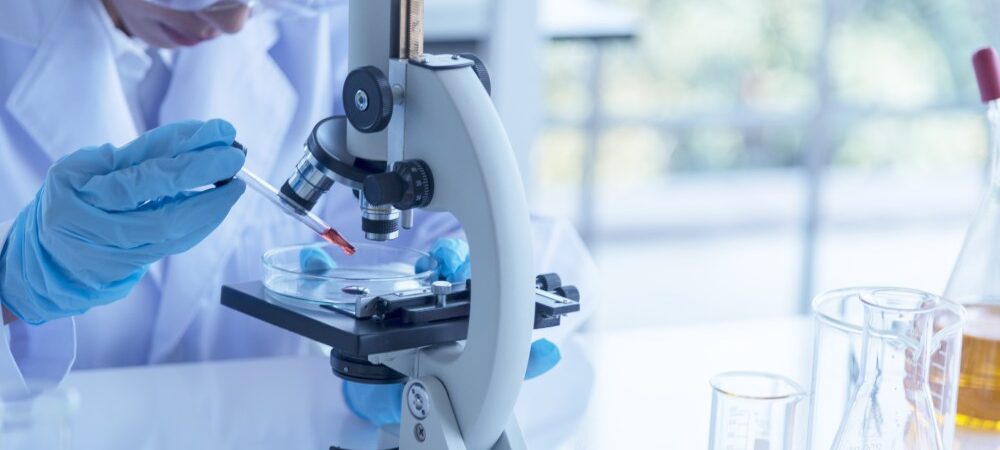Noma is also known as necrotizing ulcerative stomatitis or cancrum oris, a severely debilitating orofacial infection. It has been known for centuries and was already reported by Hippocrates and other physicians of the time. The WHO estimates that
- 140,000 new noma cases occur globally each year,
- 770,000 patients are affected,
- mortality reaches 90%,
- and most cases are reported in low- and middle-income countries in Africa and Asia.
However, these estimates are from 1998 and have evident limitations, and in addition there is a high number of undocumented and unreported cases. Therefore, the noma disease burden cannot be given with any degree of accuracy.
While causes and pathogenesis are not fully understood, noma is a bacterial gangrene caused by multiple factors including poor oral hygiene, malnutrition, and deficient sanitary conditions. Children between the age of 2 and 6 years are at highest risk. No single bacterial species has been identified as the “sole” causative agent of Noma and more studies are necessary to better understand the etiology of this disease. A major role in the pathogenesis appears to be a weakened immune system due to malnutrition and due to infectious diseases including measles, malaria, and HIV. Genomic studies suggest a disequilibrium in the oral microflora which might allow opportunistic pathogens to proliferate and ultimately cause noma. The disease then starts as an inflammation of the gums that becomes an ulcer in the mucosa of the mouth. It rapidly increases in size causing destruction beyond the oral mucosa involving facial tissues and bones finally resulting in disintegration of cheek, jaw, lips, nose, or eyes.
The World Health Organization (WHO) has classified noma into stages:
- stage 0: simple gingivitis
- stage 1: acute necrotizing ulcerative gingivitis
- stage 2: oedema
- stage 3: gangrene
- stage 4: scarring
- stage 5: sequelae
Treatment of noma depends on the disease stage. Antibiotics directed against opportunistic infections, wound debridement, and nutritional support in the early reversible stages of the disease reduce mortality and morbidity. Those who survive, face a lifetime of functional challenges such as difficulties eating and speaking. Noma patients and their families frequently suffer stigmatization.
A systematic review of the prevalence, incidence, and reported global distribution of noma, published in Lancet Infect Dis on March 15, 2022 has identified a striking scarcity of research and surveillance programs considering this devastating disease. The addition of noma to the WHO list of neglected tropical diseases (NTDs) would raise much needed awareness and facilitate the engagement of donors to support initiatives to prevent new cases from developing, provide early detection (oral screenings could be included in vaccination campaigns) and this could be followed by broad-based integrated control programs even aiming at elimination of the disease.
By Dr. Simone Müschenborn-Koglin Contributing Editor, GHP

















